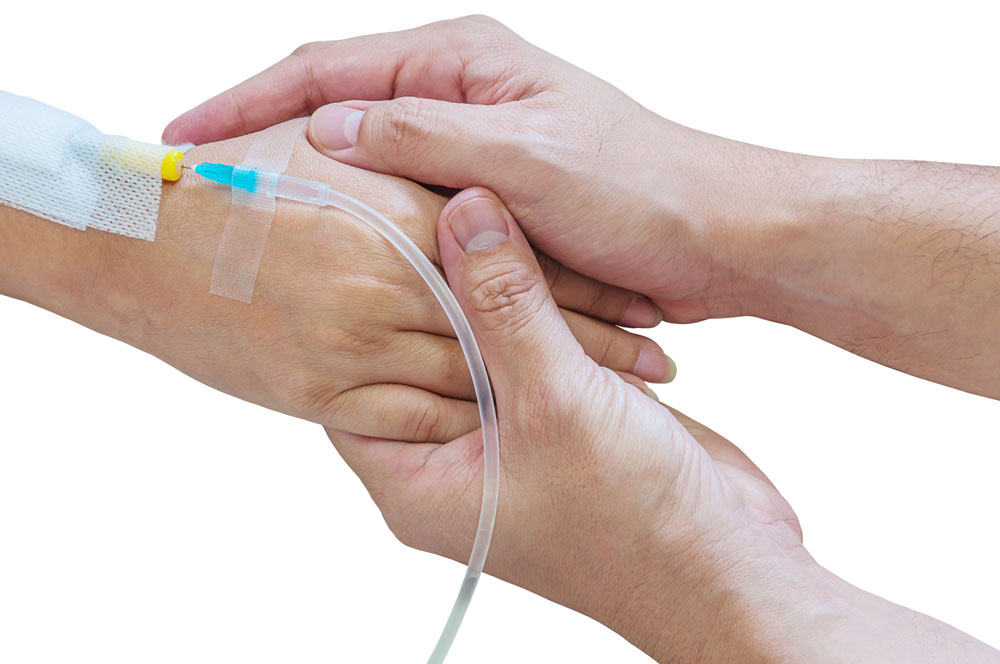Ulnar Angiography (Angiogram from the Wrist)
Ulnar angiography is a procedure used to examine the ulnar artery in the wrist region, using angiography, a medical imaging technique. Angiography is commonly used to visualize blood vessels, playing a significant role in the diagnosis of vascular diseases in the heart, brain, and other organs.
What is Ulnar Angiography?
Ulnar angiography, also known as angiogram from the wrist. It is a medical imaging procedure used to visualize the arteries and blood vessels of the upper extremities (arm).
This procedure involves the placement of a catheter into the ulnar artery, with the injection of a contrast agent to obtain X-ray images of the arteries and blood flow. It is used in the diagnosis and treatment of arterial diseases.
How is It Performed?
The procedure involves the following steps:
- Local anesthesia is applied to the patient.
- The wrist area is usually covered with sterile drapes.
- The surgical area is prepared and covered in a sterile manner.
- A catheter is inserted into the ulnar artery, typically through the groin or wrist area.
- A contrast agent is injected through the catheter to visualize the blood flow in the arteries.
- X-ray images are taken using an X-ray machine.
- Once the procedure is completed, the catheter is removed, and pressure is applied to the arterial site to seal it.
Who Can Undergo It?
Ulnar angiography can be performed for the visualization and treatment of all vascular diseases. There is no age limit.
Who Is Not Suitable for Ulnar Angiography?
While It is generally a procedure used in individuals with arterial diseases. It may not be suitable in the following cases:
- Individuals with a history of allergic reactions to contrast agents.
- Individuals with severe kidney disease or impaired kidney function, as the use of contrast agents can be problematic.
- Individuals with bleeding disorders or those taking blood thinners, as there may be a higher risk of bleeding.
- Pregnancy, as radiation exposure can be risky.
What Are the Advantages of Ulnar Angiography?
The advantages include:
- Visualizing arterial blockages, narrowing, aneurysms, and other structural issues, allowing accurate diagnosis by the doctor.
- Proper evaluation and determination of the treatment plan for arterial diseases.
- It is less invasive compared to other invasive procedures since it is performed through the blood vessels.
- Generally, it offers a faster recovery process compared to more invasive surgical interventions.
What Is the Post-Procedure Process for Ulnar Angiography?
The recovery process may vary from patient to patient, but the following process is typically followed:
- After removing the catheter, pressure is applied to the site to reduce the risk of bleeding, and if necessary, a bandage is applied.
- Patients are kept under observation for a period of time to monitor their blood pressure, pulse, and overall health status.
- Patients are typically expected to be discharged on the same day.
- It is important to follow the doctor's instructions for wound healing. Avoid heavy physical activities during the specified period and seek medical attention if any problems arise.
- It results are reviewed and evaluated by the doctor.
- As part of the treatment process, it is important for the patient to adhere to the follow-up appointments scheduled by the doctor.
Frequently Asked Questions
-
The recovery period generally ranges from a few days to a few weeks.
-
It can be performed multiple times if necessary.
-
Yes, stent placement can be done during Angiogram from the Wrist. The doctor can place stents in the arteries during the procedure to alleviate arterial blockage.
-
The bandage is usually removed after a few hours, although this can vary.
-
The differences between Ulnar Angiography and Radial Angiography are as follows:
- Access point: Ulnar Angiography involves accessing the ulnar artery, while Radial Angiography uses the radial artery.
- Ease of access: The radial artery is generally more easily accessible. The ulnar artery can be more challenging to access in certain cases.
- Risk of complications: Radial Angiography carries a lower risk of complications compared to Ulnar Angiography. The radial artery is smaller and closer to the surface of the arm, reducing the risk of bleeding, infection, or vascular damage.
- Ulnar Angiography has a lower risk of spasm, increasing the chances of successful completion of the procedure through this route. This reduces the likelihood of needing to continue the procedure from the groin area


